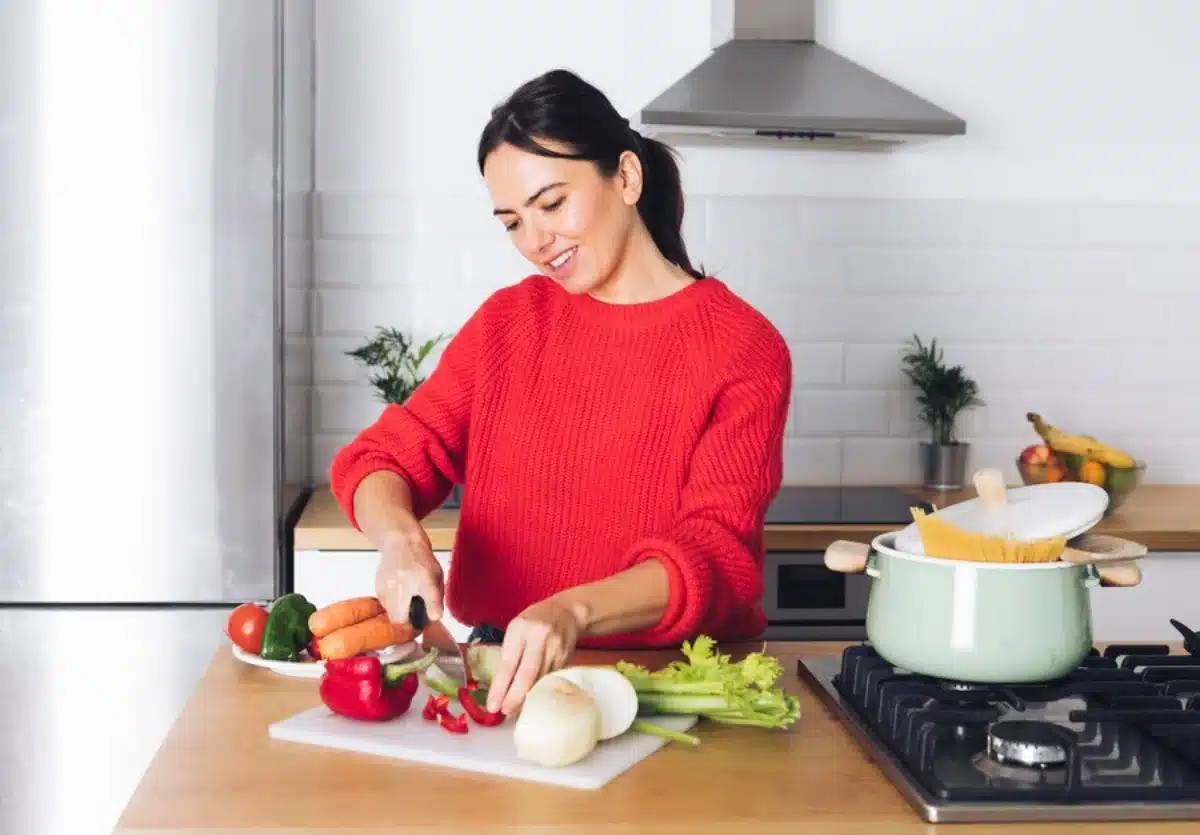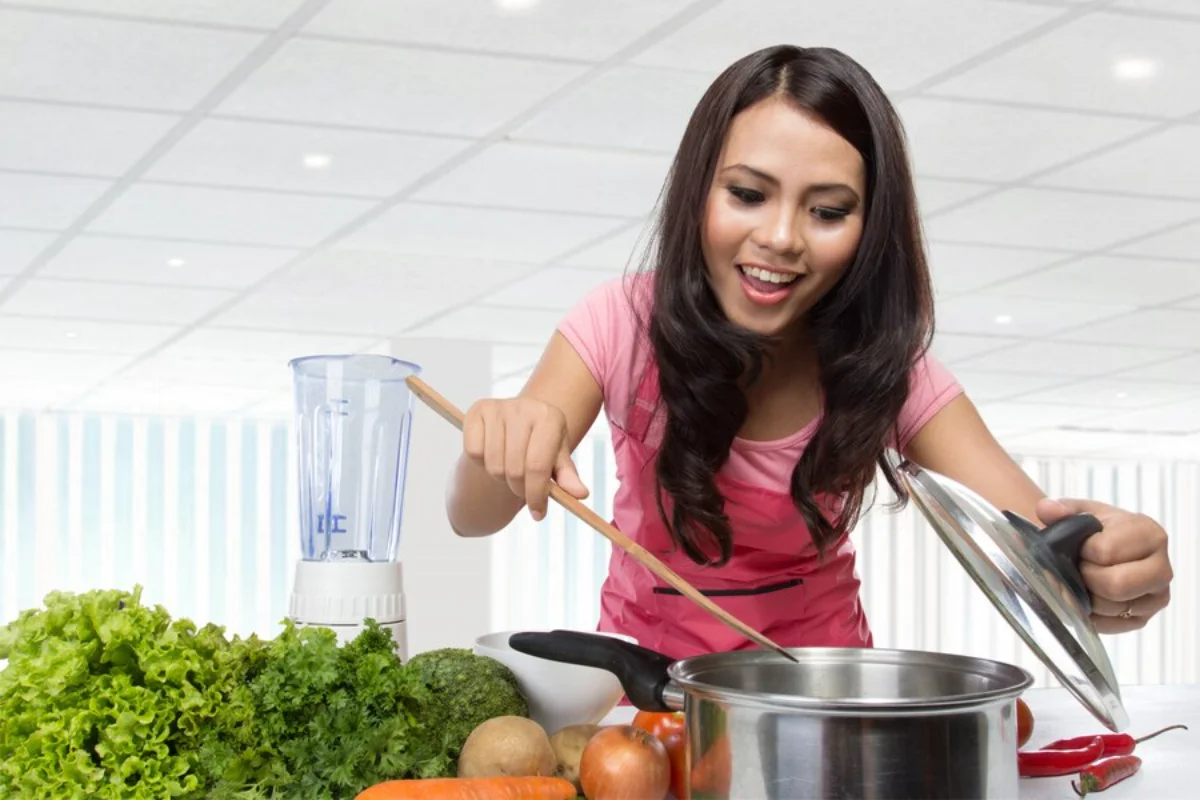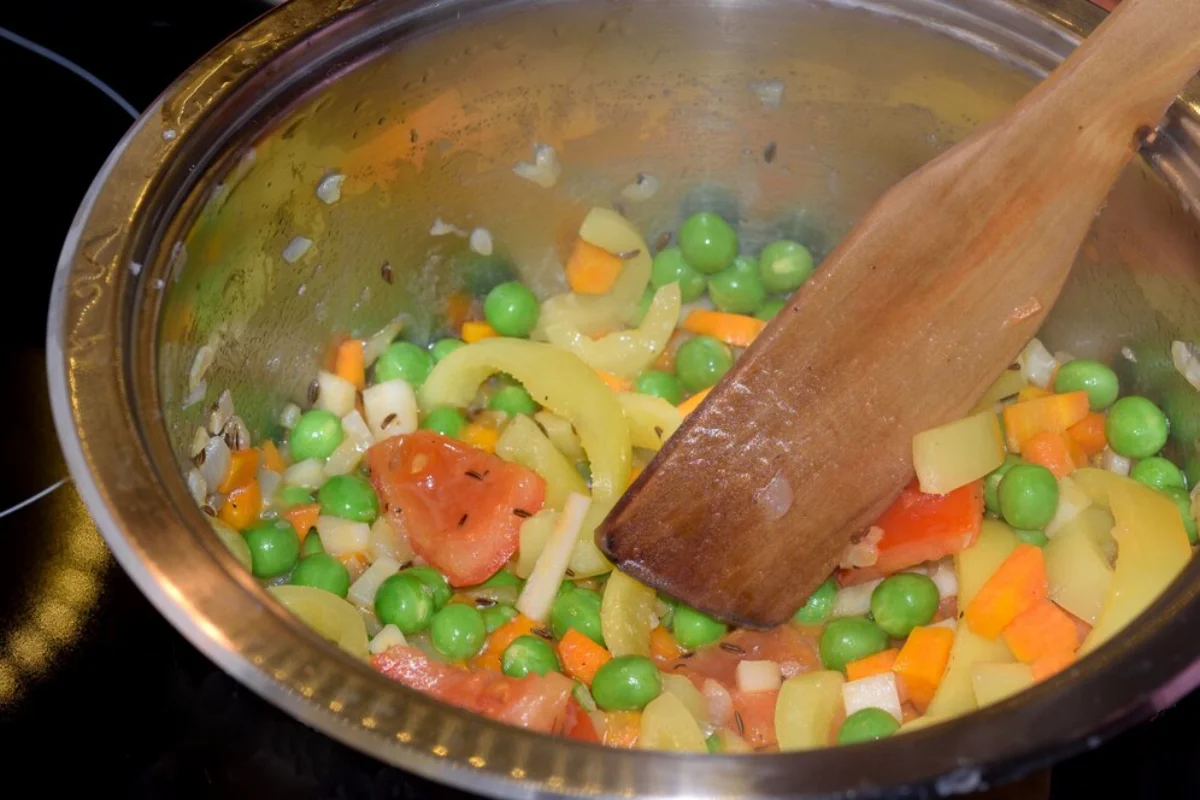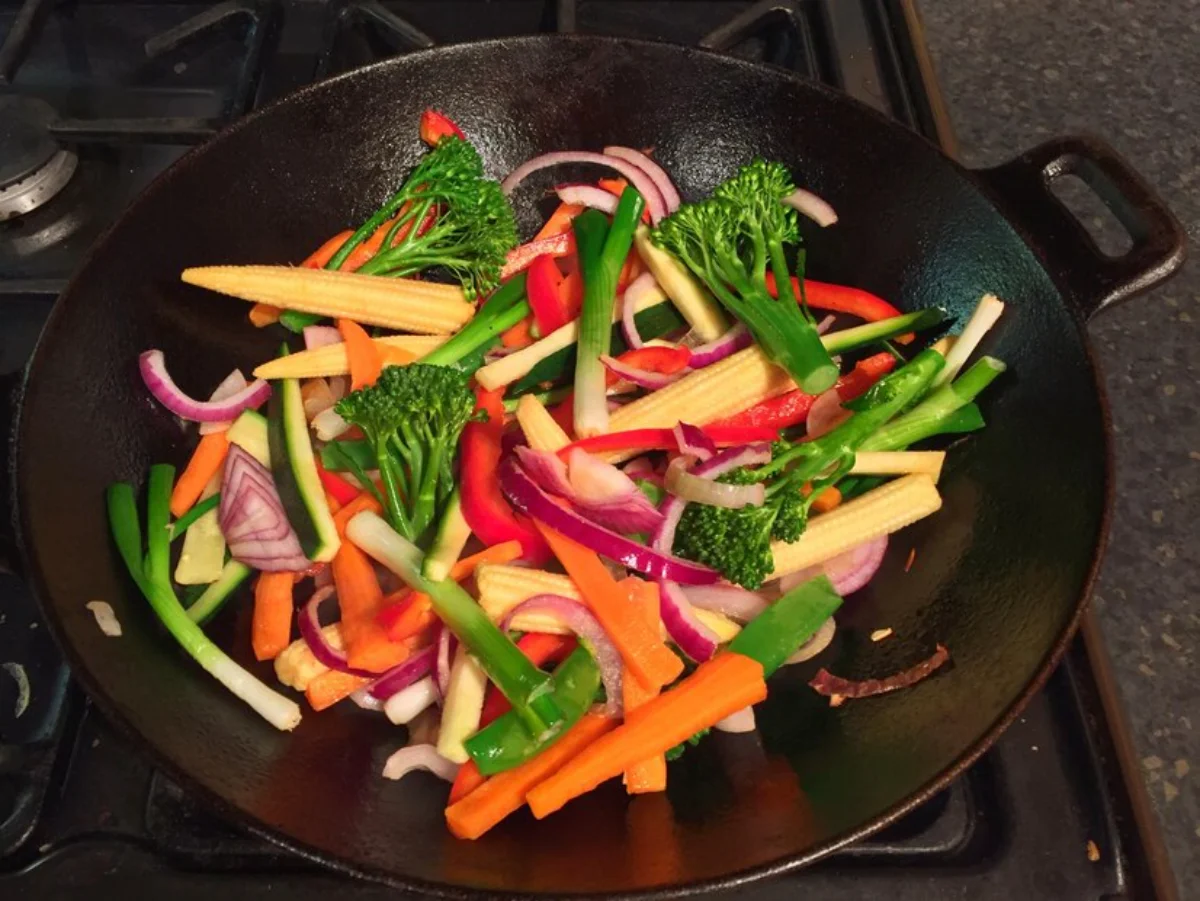
How to Cook Delicious Meals Without Using Oil
Eating well doesn’t have to mean sacrificing flavour. Oil-free cooking can reduce fat, enhance natural flavours, and make you healthier. Eliminating processed oils and discovering new cooking techniques can transform how you prepare meals.
Many believe oil is the basis of cooking, but delicious food can be made with excellent substitutes. You can steam, roast, or sauté with other liquids to achieve rich flavours and satisfying textures without oil.
This guide covers why to avoid oil, the best oil-free cooking methods, and tasty recipes to get you started.
Why Cook Without Oil?

1. Health Benefits
- Lower Calorie Intake – Oils are high in calories, about 120 calories per tablespoon. Removing oil can help with weight control.
- Better Heart Health – Diets rich in processed oils can lead to inflammation and heart disease.
- Reduced Risk of Chronic Illness—Whole-food, plant-based diets without added oils can help lower cholesterol and blood pressure.
2. Improved Nutrient Absorption
Cooking with oil at high temperatures can destroy essential vitamins and minerals. Oil-free methods, like steaming and baking, keep more nutrients in your food.
3. Cleaner Cooking
- Less mess on cookware and surfaces.
- There is no risk of overheating and creating harmful compounds from burnt oil.
Pro Tip:
Enhance flavour without oil using fresh herbs, citrus juice, garlic, vinegar, and vegetable broth.
Quick Guide: Best Oil-Free Cooking Techniques
1. Water or Broth Sautéing
Sautéing without oil is easy and effective.
How to do it:
- Heat a non-stick pan over medium heat.
- Add a small amount of water, vegetable broth, or fruit juice.
- Stir often to avoid sticking, adding liquid as needed.
Best foods for sautéing:
- Onions, garlic, mushrooms
- Bell peppers, carrots, zucchini
- Leafy greens (spinach, kale, Swiss chard)
2. Steaming
Steaming is one of the healthiest methods, as it keeps flavour and nutrients.
Best foods for steaming:
- Vegetables (broccoli, carrots, cauliflower, spinach)
- Grains (quinoa, rice, millet)
- Dumplings and tofu
How to steam properly:
- Use a steamer basket over boiling water.
- Cover and cook until food is tender but not mushy.
3. Roasting and Baking
Roasting brings out rich, caramelised flavours without oil.
How to roast without oil:
- Line your baking sheet with parchment paper or a silicone mat.
- Toss vegetables with herbs, lemon juice, balsamic vinegar, or broth.
- Roast at a lower temperature to avoid burning.
Best foods for roasting:
- Sweet potatoes, regular potatoes
- Brussels sprouts, peppers, eggplant
- Tomatoes, carrots, cauliflower
4. Grilling
Grilling gives a smoky, charred flavour without oil.
Tips for oil-free grilling:
- Use a non-stick grill pan or a seasoned cast-iron skillet.
- Marinate food in lemon juice, balsamic vinegar, or spice rubs.
- Grill at moderate heat to avoid sticking and burning.
5. Using Purees as Replacements
You can adapt many oil-based recipes with whole-food alternatives.
Best oil replacements:
- Mashed avocado – Great for spreads and dressings.
- Unsweetened applesauce – Perfect for baking instead of oil.
- Nut butter – Almond or cashew butter adds creaminess and richness.
Important Tip:
Cover crispy roasted veggies in aquafaba (chickpea liquid) or lemon juice before baking.
Delicious Oil-Free Recipes

1. Oil-Free Stir Fry
Ingredients:
- 1 cup broccoli florets
- 1 red bell pepper, sliced
- 1 carrot, julienned
- 1 cup mushrooms, sliced
- ½ cup vegetable broth
- 2 cloves garlic, minced
- 1 tbsp soy sauce
- 1 tsp ginger, grated
- Cooked brown rice or quinoa
Instructions:
- Heat a pan over medium heat and add vegetable broth.
- Add garlic and ginger, and sauté for 1 minute.
- Toss in vegetables, stirring often for 5-7 minutes.
- Stir in soy sauce and cook for another 2 minutes.
- Serve over brown rice or quinoa.
2. Roasted Sweet Potatoes with Herbs
Ingredients:
- 2 large sweet potatoes, cubed
- 1 tsp smoked paprika
- 1 tsp garlic powder
- 1 tbsp lemon juice
- Fresh parsley for garnish
Instructions:
- Preheat oven to 200°C (400°F) and line a tray with parchment paper.
- Toss sweet potatoes with paprika, garlic powder, and lemon juice.
- Spread on a tray and roast for 25-30 minutes, flipping halfway.
- Garnish with fresh parsley before serving.
3. Oil-Free Hummus
Ingredients:
- 1 can chickpeas, drained and rinsed
- 2 tbsp tahini
- 2 tbsp lemon juice
- 1 clove garlic
- ½ tsp cumin
- ¼ cup water
Instructions:
- Blend all ingredients in a food processor until smooth.
- Add more water if needed for the desired consistency.
- Serve with raw vegetables or wholemeal pita bread.
Secret Tip: Use coconut aminos instead of oil for sautéing and marinades! They add a rich, umami flavour with a touch of natural sweetness while keeping your meals oil-free. Plus, they’re lower in sodium than soy sauce—perfect for heart-healthy cooking!
Frequently Asked Questions
- Will my food taste bland without oil?
- What can I use instead of oil for salad dressings?
- Can I bake without oil?
- Will my food stick to the pan without oil?
No! Boost flavours with fresh herbs, citrus juices, vinegar, and spices.
Try blends of balsamic vinegar, mustard, citrus juice, or blended nuts and seeds.
Yes! Use applesauce, mashed bananas, or nut butter as substitutes in baking.
To avoid sticking, use a high-quality non-stick pan, stainless steel with broth, or cast-iron skillet.
Start Oil-Free Cooking Today

It is possible, and it is good for the health. Give flavours a boost and help preserve nutrients without adding extra fats, allowing the steaming, roasting and sautéing techniques.
Explore oil-free cooking and see how simple it is to create satisfying, delicious meals. Your body and taste buds will love you for it!
Are you avoiding cooking with oil? Let us know your favourite recipes experiences in the comments!


